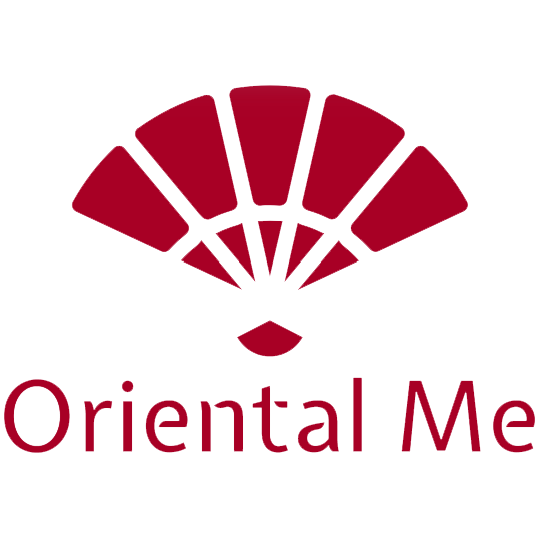A traditional Chinese wedding is a rich tapestry of cultural significance, where every detail, from the décor to the attire, carries deep meaning. The choice of outfits for the bride, groom, and their families plays a vital role in honoring traditions and ensuring a harmonious and prosperous union. Here's a guide to help you navigate the traditional attire options for everyone involved in this special day.
Bride’s Outfit: The Qipao or Qun Kwa
The bride's outfit is the centerpiece of a traditional Chinese wedding, and there are two main options: the Qipao/Cheongsam (旗袍) and the Qun Kwa/Gua (裙褂).
1. Qipao/Cheongsam (旗袍):
- Design: The Qipao, also known as Cheongsam, is a form-fitting dress with a high collar and side slits, typically made of silk and embroidered with intricate designs such as dragons, phoenixes, or floral patterns.
- Color: Red is the most traditional color, symbolizing luck, joy, and prosperity. Gold embroidery adds a touch of royalty and wealth.
- Modern Variations: Some brides opt for modern versions of the Qipao, which might feature different cuts, fabrics, or even colors like pink or blue, while still maintaining traditional elements.
2.Qun Kwa/Gua (裙褂):
- Design: The Qun Kwa is a two-piece outfit consisting of a long jacket (Kwa) and a long skirt (Qun). The Kwa is richly embroidered with auspicious symbols, such as dragons and phoenixes, representing the harmony between husband and wife.
- Color: The traditional color scheme is red and gold, symbolizing happiness and wealth. Some modern designs incorporate silver or pastel tones.
- Significance: The Qun Kwa is particularly favored for its strong ties to Chinese heritage and its ability to be passed down as a family heirloom.
Groom’s Outfit: The Changshan or Tang Suit
For the groom, the attire should complement the bride’s while also reflecting his status and role in the wedding.
1.Male Qun Kwa/Ma Gua (马褂):
- Design: A two-piece outfit consisting of a long jacket (Kwa) and a long skirt (Qun). The Kwa is richly embroidered with auspicious symbols, such as dragons, symbolizing power, strength, and good fortune. It is typically worn with matching trousers.
- Color: Red is again a popular choice, though other colors are getting popularity over pass few years. Gold embroidery or accessories are often added to symbolize wealth.
- Design: The Tang Suit is a jacket with a straight collar and frog buttons, often embroidered with auspicious symbols like dragons.
- Color: Red, gold, and blue are traditional choices, with red symbolizing happiness and gold signifying wealth and status.
- Versatility: The Tang Suit is a popular choice for its balance between tradition and modernity, making it suitable for both the ceremony and the reception.
Outfits for Family Members
The outfits worn by the family members, especially the parents, should reflect the importance of the occasion and complement the couple’s attire.
1.Mothers:
- Outfit Choices: Mothers often wear the Qipao or a formal dress in a traditional color like red, gold, or purple. The outfit should be elegant and dignified, often with subtle embroidery or embellishments.
- Color Considerations: While red is appropriate, it should not outshine the bride’s attire. Other colors like pink, lavender, or blue are also popular choices.
2.Fathers:
- Outfit Choices: Fathers typically wear a Tang Suit or a traditional Chinese jacket over a shirt. The color should complement the mother’s outfit and the overall theme.
- Traditional Elements: Adding traditional elements like a Mandarin collar or frog buttons helps maintain the cultural significance of the attire.
General Tips for Choosing Traditional Chinese Wedding Attire
- Color Coordination: Red is the primary color for a traditional Chinese wedding, symbolizing happiness, prosperity, and good luck. Gold accents are often used to enhance the sense of wealth and celebration.
- Symbolism: Look for outfits embroidered with traditional symbols like dragons, phoenixes, peonies, and lotus flowers, which all carry positive meanings for the marriage.
- Fabric: Silk is the most traditional fabric, valued for its elegance and luxurious feel. Brocade and satin are also popular choices, especially for richly embroidered designs.
- Comfort: While tradition is important, comfort should not be overlooked. Ensure that the outfits allow for easy movement, especially for the bride and groom, who will be participating in various ceremonies throughout the day.
Conclusion
A traditional Chinese wedding is a beautiful celebration of love, family, and cultural heritage. The choices of outfits for the bride, groom, and their families play a crucial role in honoring these traditions while also expressing individual style. Whether you opt for the classic Qipao, the regal Qun Kwa, or the elegant Tang Suit, each garment tells a story and adds to the rich tapestry of your wedding day. By carefully selecting these outfits, you not only respect time-honored customs but also create a visually stunning and meaningful celebration that will be remembered for generations to come







